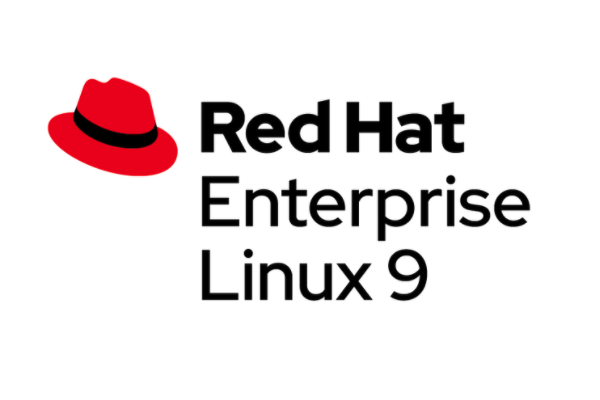Today we’re pleased to announce the availability of the beta release of Red Hat® Enterprise Linux® 9. Red Hat Enterprise Linux 9 is our newest enterprise operating system designed to meet the needs of the hybrid cloud environment. Red Hat Enterprise Linux 9 can be confidently deployed as a guest OS on supported hypervisors and in public cloud environments. It can also be deployed on physical infrastructure, so your applications can take advantage of cutting-edge features of the underlying hardware platform.
What's New in Red Hat Enterprise Linux 9 Beta?
Red Hat Enterprise Linux 9 brings new features and enhancements that deliver a more secure and consistent foundation for an open hybrid cloud environment with the ability to deliver workloads, applications, and services faster with less effort across a wide variety of footprints.
Red Hat Enterprise Linux 9 provides your developers with a simplified experience for both access and application development to support your solutions on this new major release:
- Red Hat Enterprise Linux 9 ships with GCC 11 and the latest versions of LLVM, Rust, and Go compilers, empowering developers to modernize their applications.
- Red Hat Enterprise Linux 9 is based on glibc 2.34 and will include support for 10+ years of enterprise-class platform stability.
- Completing the migration to Python 3, version 3.9 will be the default Python version for the life of Red Hat Enterprise Linux 9. Python 3.9 brings several new enhancements to help developers modernize their applications, including timezone-aware timestamps, the new string prefix and suffix methods, and dictionary union operations.
- Building on the introduction of application streams and module packaging in Red Hat Enterprise Linux 8, all packaging methods in Red Hat Enterprise Linux 9 including modules, SCLs, Flatpaks, and traditional RPMs are incorporated into application streams making them easier to use.
Additional enhancements include:
- Enhanced web console performance metrics, Kernel live patching management via the web console, and full support for Red Hat Enterprise Linux system role for Postfix, to make it easier for organizations to automate manual tasks, standardize deployment at scale, and simplify day-to-day administration of systems.
- Improved scalability of Performance Co-Pilot (PCP), enhanced web console performance metrics and link time optimization (LTO) to help organizations identify, analyze and optimize the performance of their Red Hat Enterprise Linux systems.
- Enhanced user authentication logs (via SSSD), web console support for smart card authentication with sudo and SSH, disabled root login via SSH by default, improved SELinux performance, integrated OpenSSL 3 cryptographic framework, enhanced OpenSCAP profile, and support for integrity measurement architecture (IMA) digital hashes and signatures to help simplify how organizations manage security and compliance when deploying new systems or managing existing infrastructures.
- Additional Image Builder features, including new support for multi-version support, bare-metal deployments, and customized file system settings to help organizations save time and ensure consistency when deploying systems at scale.
Read more
For further details, visit our What’s New in Red Hat Enterprise Linux 9 Beta blog. To dig deeper into the new Red Hat Enterprise Linux 9.0 Beta features and capabilities, see the release notes.
Red Hat Partners can directly access the Red Hat Enterprise Linux 9 Beta from the Red Hat Enterprise Linux product page. Learn more in the introducing the new Red Hat Enterprise Linux Beta experience article.
Register for our RHEL 9 beta partner webinar:
In addition, join us at this November 17, 11 AM ET partner webinar, as we cover the major features of Red Hat Enterprise Linux 9 Beta as well as what's in Red Hat Enterprise Linux 8.5.

